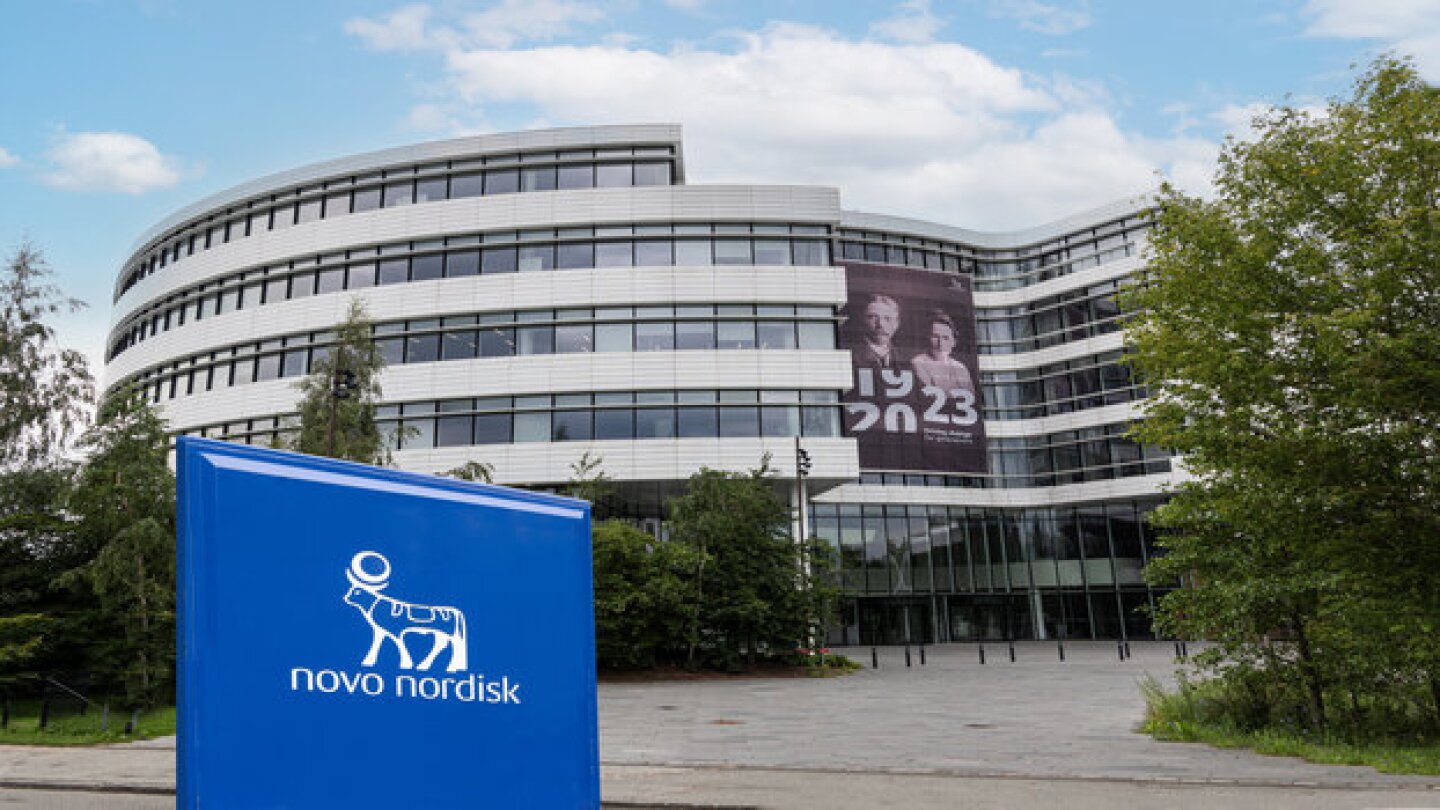News
Executives from Eli Lilly, Merck and other companies foresee the FDA’s new onshoring proposal being anything from a bureaucratic waste of time to a transformative program that will eliminate inspection-related complete response letters.
FEATURED STORIES
Drug pricing criticism often fixates on a price at a single point in time but drug pricing is never static.
Cell and gene therapy experts question where the FDA designation fits in an environment that features a range of intersecting regulatory perks.
As industry leaders gather at the annual event in Phoenix, the cell and gene therapy space remains in a state of flux, with M&A activity and regulatory support signaling momentum while commercialization challenges continue to hinder broader investor interest.
Job Trends
After moving the manufacturing of a CAR T drug that was part of its ImmPACT Bio acquisition to Washington, Lyell Immunopharma is closing its Los Angeles manufacturing facility, eliminating dozens of jobs there.
FROM OUR EDITORS
Read our takes on the biggest stories happening in the industry.
RFK Jr. as HHS head is perhaps President-elect Donald Trump’s most controversial Cabinet pick now that Matt Gaetz has withdrawn as nominee for Attorney General. With Dr. Oz tapped to lead CMS and maybe Marty Makary at the FDA, it’s going to be quite the show.
THE LATEST
Employees rarely leave companies for one reason alone. In this column, Kaye/Bassman’s Michael Pietrack shares a framework that helps leaders identify when their team members are thinking about heading for the exit—and how to address it.
AI is changing the nature of leadership in biopharma. Here’s how executives can not only adapt, but lead the way.
The company cut back in areas while investing in internal and external opportunities to offset the loss of exclusivity on a product that until recently accounted for 20% of innovative medicine sales.
Seven Novo Nordisk board members have resigned. The new board headed by former Novo Nordisk CEO Lars Rebien Sørensen will align behind the new CEO’s massive restructuring plan.
The company is dropping its social anxiety disorder program but will still test the molecule in post-traumatic stress disorder.
The company’s technology, a modified herpes simplex virus used to deliver gene therapies, was given the FDA’s new designation based on its approved topical skin cream. What this will mean for Krystal’s still-in-development eye drop is unclear.
In this episode presented by Element Materials Technology, guests Dr. Jihye Jang-Lee and Dr. Khanh Courtney will explore how healthcare and pharmaceutical players are rethinking their strategies amid global supply chain disruption.
Galapagos at the start of the year had planned to split into two businesses, with one resulting entity focused on cell therapies. The biotech nixed these plans a few months later, instead choosing to put up for sale multiple cell therapy assets.
With data from the Phase III STELLAR-303 study in the books, Exelixis is plotting a 2025 regulatory application for zanzalintinib.
In May, Summit released early data from the Phase III HARMONi study showing that while the PD-1/VEGF inhibitor resulted in significant progression-free survival improvements, it fell short of the overall survival bar.






















